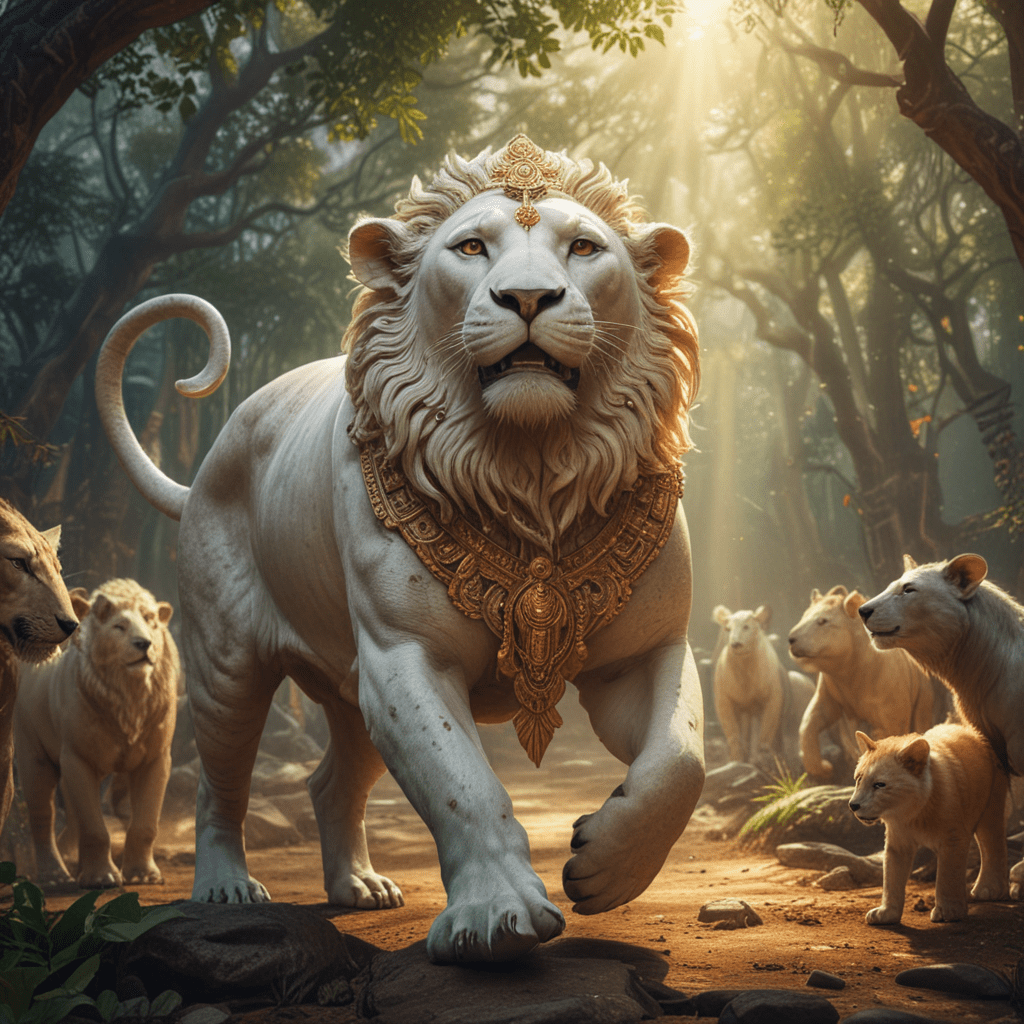The Most Captivating End of the World Myths You Must Know
I. Introduction
End-of-the-world myths have fascinated humanity for centuries, serving as reflections of our deepest fears and hopes. These narratives, often rich in symbolism and cultural significance, illustrate how different societies interpret the concept of destruction and renewal. From ancient civilizations to modern beliefs, these myths provide insight into the values and concerns of the cultures that created them. This article aims to explore a variety of captivating end-of-the-world myths from across the globe, highlighting their origins, themes, and cultural implications.
II. The Origins of Apocalypse Myths
Historically, end-of-the-world myths have emerged from humanity’s struggles to comprehend the unpredictable forces of nature and the inevitability of death. Early civilizations, grappling with natural disasters, wars, and societal collapse, created narratives that explained these cataclysmic events.
Common themes in apocalyptic myths across cultures include:
- The cyclical nature of time
- The battle between good and evil
- The role of divine beings or cosmic forces
- The promise of renewal or rebirth after destruction
III. The Norse Ragnarok: The Twilight of the Gods
In Norse mythology, Ragnarok refers to a series of events, including a great battle, that leads to the death of many gods, natural disasters, and the submersion of the world in water. Key figures in this prophecy include Odin, Thor, and Loki, each playing vital roles in the unfolding chaos.
The symbolism of destruction and rebirth is profound in Ragnarok. After the devastation, it is believed that the world will rise again, fertile and renewed, symbolizing hope and the eternal cycle of life.
IV. The Christian Apocalypse: Revelations and the Final Judgment
The Christian concept of the apocalypse is primarily derived from the Book of Revelation, attributed to John of Patmos. This text is filled with vivid imagery, depicting the end of the world, the rise of the Antichrist, and the ultimate battle between good and evil.
Central to this narrative is the Second Coming of Christ, where believers are promised salvation and the Last Judgment, where souls are assessed for eternal life or damnation. The powerful themes of redemption and divine justice resonate deeply within Christian eschatology.
V. The Hindu Cycle of Creation and Destruction: Kalpa and Pralaya
In Hindu beliefs, time is cyclical, encompassing vast epochs called Yugas. At the end of a cycle, known as Pralaya, the universe undergoes destruction, only to be recreated again. This cyclical nature highlights the impermanence of existence.
Shiva, one of the principal deities, plays a crucial role in this process, symbolizing both destruction and regeneration. His dance of destruction paves the way for new creation, illustrating the balance between chaos and order.
VI. The Mayan Calendar and the 2012 Phenomenon
The Mayan calendar, particularly the Long Count calendar, gained notoriety leading up to December 21, 2012, as many interpreted it as predicting an apocalyptic event. However, this interpretation stemmed from misunderstandings of Mayan cosmology.
The cultural impact of this phenomenon was immense, influencing media, literature, and popular culture. It sparked discussions about time, existence, and humanity’s future, demonstrating how ancient myths can still resonate in contemporary society.
VII. The Hopi Prophecies: The Blue Star Kachina
The Hopi people of North America have a rich tradition of prophecies concerning the end times. One significant prophecy involves the appearance of the Blue Star Kachina, which is believed to herald a time of great upheaval and transformation.
The significance of the Blue Star Kachina lies in its warnings about environmental degradation and societal discord. The Hopi emphasize living in harmony with nature, and their myths serve as reminders of the consequences of straying from this path.
VIII. The Zoroastrian End Times: The Coming of Saoshyant
Zoroastrian eschatology centers on the figure of Saoshyant, a savior who will appear at the end of time to defeat evil and resurrect the dead. This belief underscores the duality of good and evil, with a clear narrative of triumph over darkness.
The Zoroastrian perspective emphasizes moral choices and the ultimate victory of truth. This eschatological view has influenced later religious traditions, highlighting the interconnectedness of human beliefs about the end times.
IX. Contemporary End-of-the-World Myths and Their Influences
In modern times, various apocalyptic beliefs have emerged, often influenced by historical myths. Notable examples include:
- The Y2K scare, which anticipated catastrophic failures due to computer glitches
- The 2012 phenomenon, linked to the Mayan calendar
- Concerns about climate change and environmental collapse
These contemporary narratives reflect a blend of ancient fears and modern anxieties, showcasing how the core themes of destruction and renewal continue to resonate with society.
X. Conclusion
The enduring appeal of end-of-the-world myths lies in their ability to articulate our fears, hopes, and existential questions. They provide a framework for understanding the complexities of life and the universe, inviting individuals to reflect on their beliefs and values.
Exploring these myths not only enhances cultural understanding but also offers insight into the human condition. As we navigate an increasingly complex world, the lessons embedded in these narratives remain relevant, encouraging us to seek balance, harmony, and renewal in our lives.



